Covering up pigmentation with make-up or relying on off-the-shelf whitening products only gives temporary results. Over-the-counter whitening creams may help a little, but they often don’t target the root cause, leaving you feeling stuck with recurring spots and limited options.
At One Doc, we understand that not all pigmentation is the same. From dark spots to hormonal pigmentation, each type requires personalised care. The distribution of blemishes, timing of appearance, and skin depth penetration of your blemishes all affect the right approach.
That’s why we start by understanding your skin. With our personalised approach and advanced technology, we design a plan tailored to your specific skin concern — helping you achieve clearer, brighter, and healthier-looking skin.
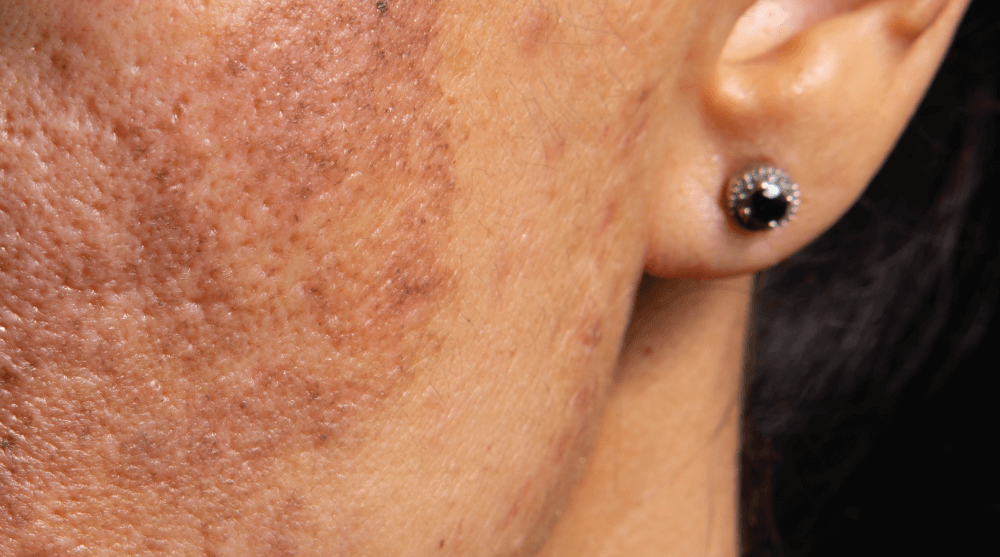
Asian skin is prone to mixed hyperpigmentation because our climate is sunny and we are more likely to suffer sun damage, leading to spots. Other factors that cause hyperpigmentation include genetics, hormones, birthmarks, medical history and medicines.
A personalised consultation is performed for skin assessment and examination to determine your hyperpigmentation type. All of the variety of hyperpigmentation can be differentiated by its depth penetration of the skin. It occurs to the upper layer (epidermis) and the deeper layer (dermis).
Epidermal layer pigmentation include freckles and sun spots, whereas Hori's Nevus and Nevus of Ota are considered dermal layer pigmentation.
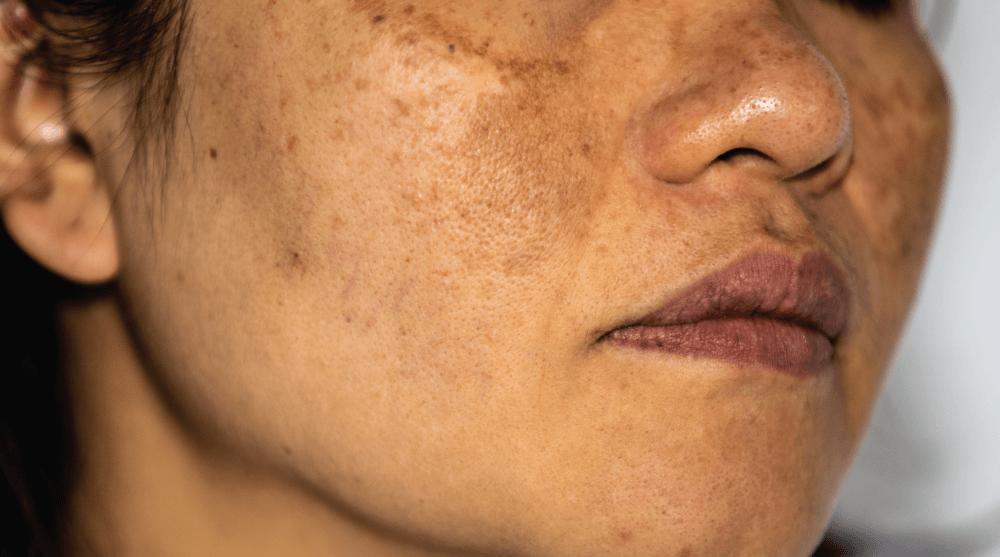
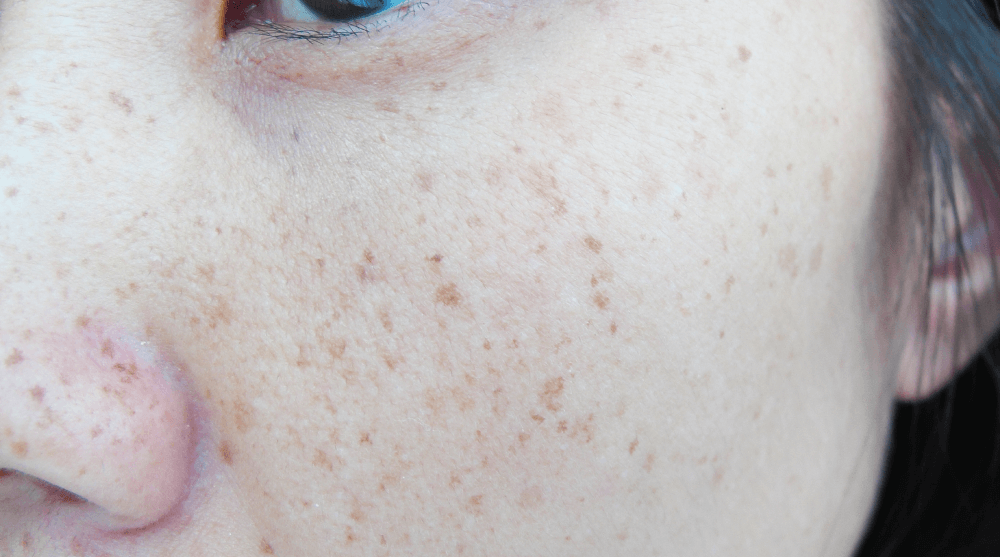
What are Freckles?
Small brown pigmentation spots commonly found on the face, forearms, and back are caused by an increase in melanin within the skin cells due to sun exposure. This is a harmless condition, and pigment reduction can be effectively achieved — often with visible results after just 1 to 2 sessions*. However, results may not be permanent if the freckles reappear due to continued ultraviolet (UV) exposure.
*Results may vary depending on individual skin condition and lifestyle.

What are Sun Spots?
Scientifically called a Solar Lentigo but known more commonly as age spots, it occurs to sun-exposed areas of the face, back and forearms. It is a benign condition and are larger in size compared to freckles, carrying an oval to round shape that can change in size. Aging and sun-exposure will increase its numbers and depth of colour.
Sun protection is essential in managing sun spots, and certain lightening creams may help. For longer-lasting results, PICOPULSE™ is recommended and suitable for all skin types.
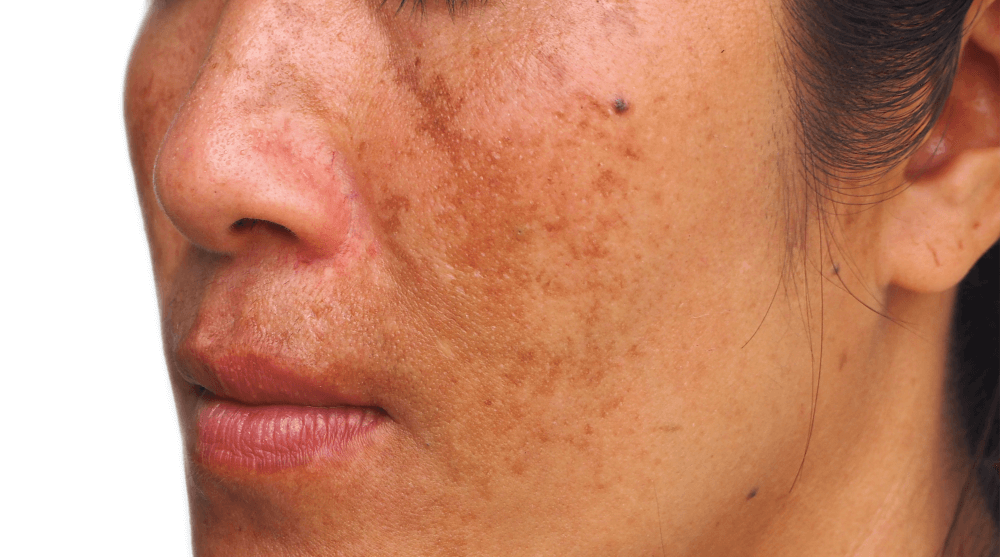
What is Brown Patch?
Brown Patch sometimes refers to melasma, a common skin condition that affects many Asians. It typically appears as small pigmented patches on areas such as the forehead, cheeks, nose, upper lip, and jawline. Melasma can be influenced by genetics, hormonal changes, and pregnancy. However, the main trigger is sun exposure, as ultraviolet (UV) rays stimulate melanin production, leading to darkened skin patches.
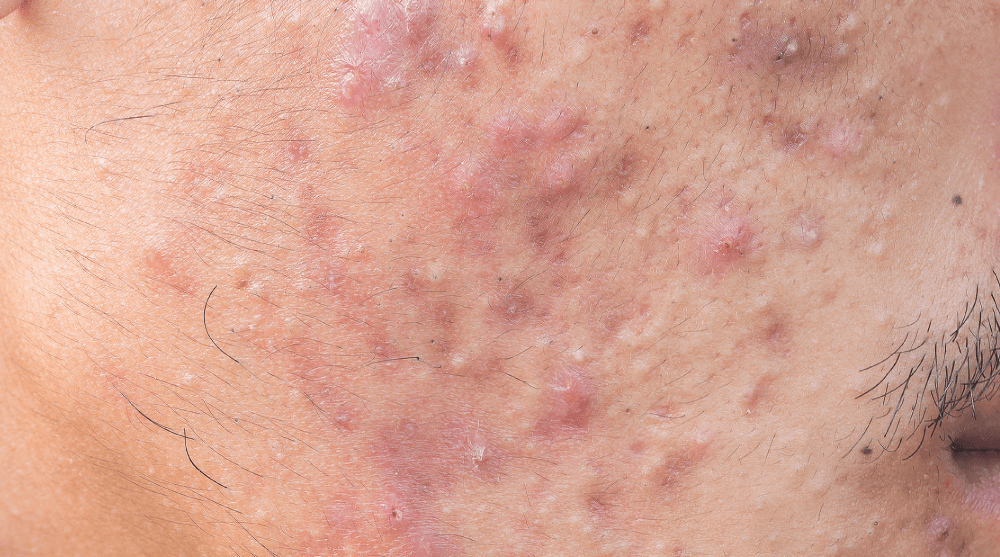
What is Post-Inflammatory Hyperpigmentation (PIH)?
The name speaks for itself. It is a condition seen after stress on the skin, such as injury (burn) or inflammation (acne, eczema) and might occur after laser treatment when the skin is vulnerable. It might be a temporary pigment or become a permanent feature.
Many individuals concerned about their scars and mistake the origin of the PIH. Flat dark spots can be a result of inflammation under the skin or an insect bite.
There are several approaches to manage PIH, sometimes a combination of topical creams, chemical peels as well as PICOPULSE™.
At One Doc, we offer multiple approaches to tackle various brown and red skin discolorations. PICOPULSE™ delivers ultra-fast pulses—1,000 times shorter, at just 250 ps—to effectively break down pigment.
The protocol can be customized to address a wide range of concerns, including brown patches, sunspots, enlarged pores, pimples, pimple scars, pimple marks, uneven skin tone, freckles, and skin redness.
How many sessions are needed?
It depends on the varying type of pigmentation and skin type. Most clients notice visible improvements after 3–6 sessions*, typically over 3–6 months*, depending on the severity of skin concerns. We advise a thorough consultation with our consultant first to evaluate your skin and recommend the best session plan.
*Results may vary depending on individual skin condition and lifestyle.

Is it suitable for darker skin tones?
Yes! The program is proven to be effective for all skin types. It specifically targets melanin without disrupting the surrounding skin area, making it suitable even for darker skin. Although some conditions may require a delay in program, for example active skin lesions, infection, inflammation, or recent sun tanning.
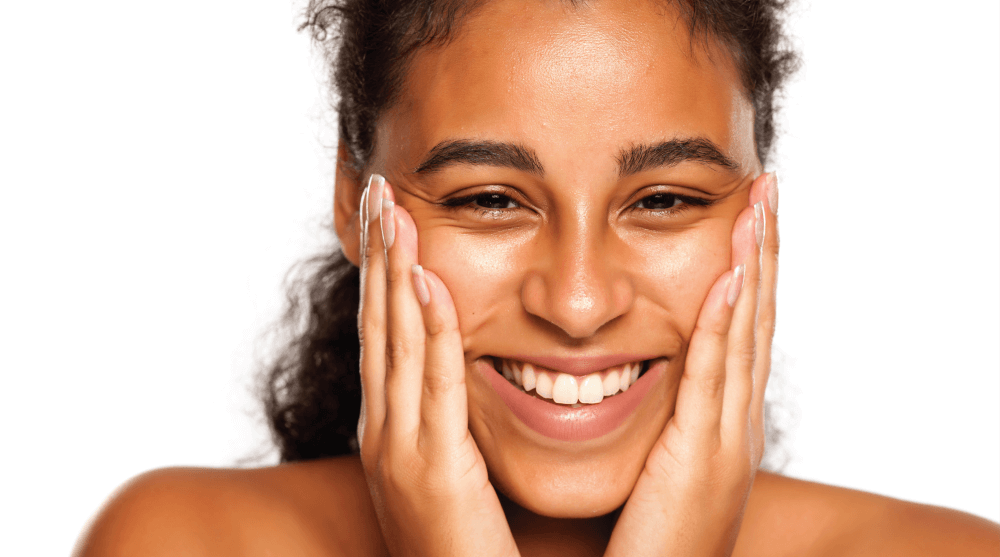
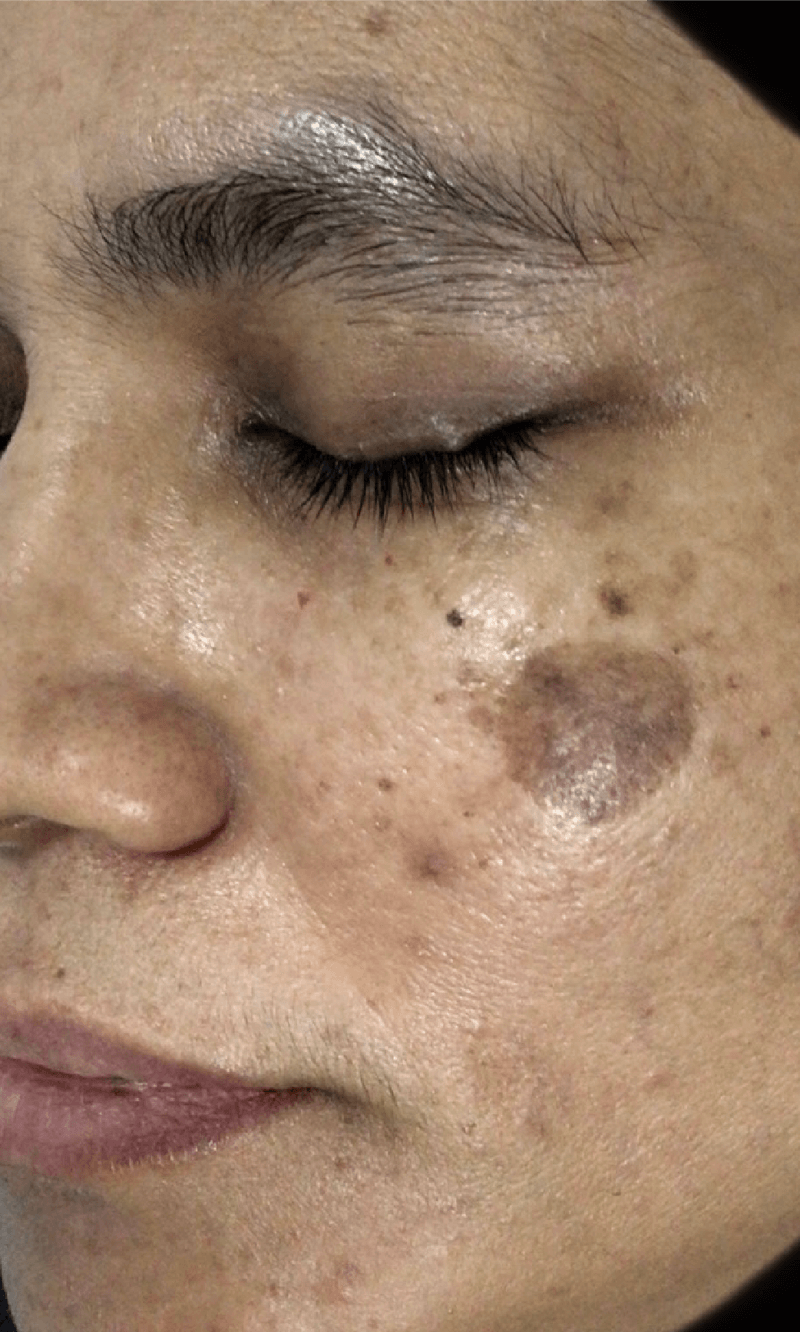
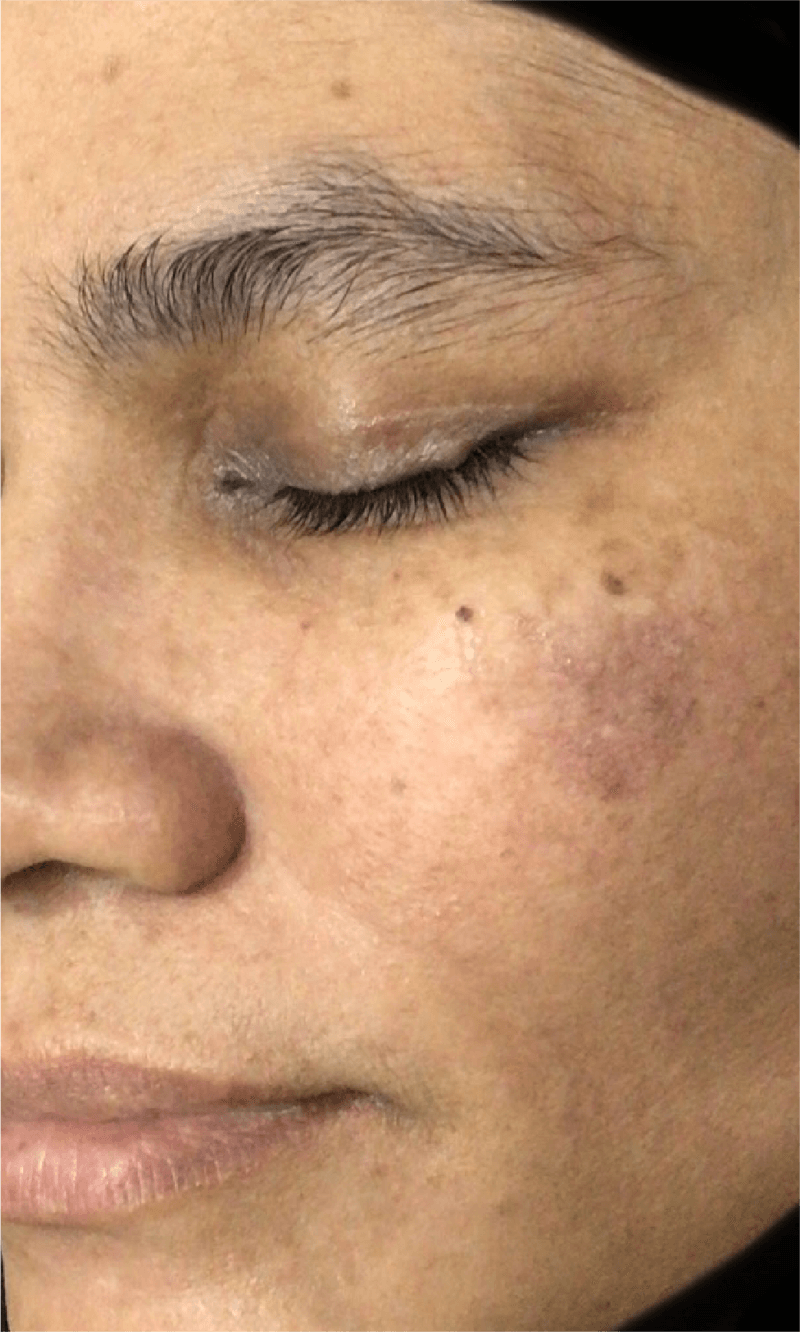
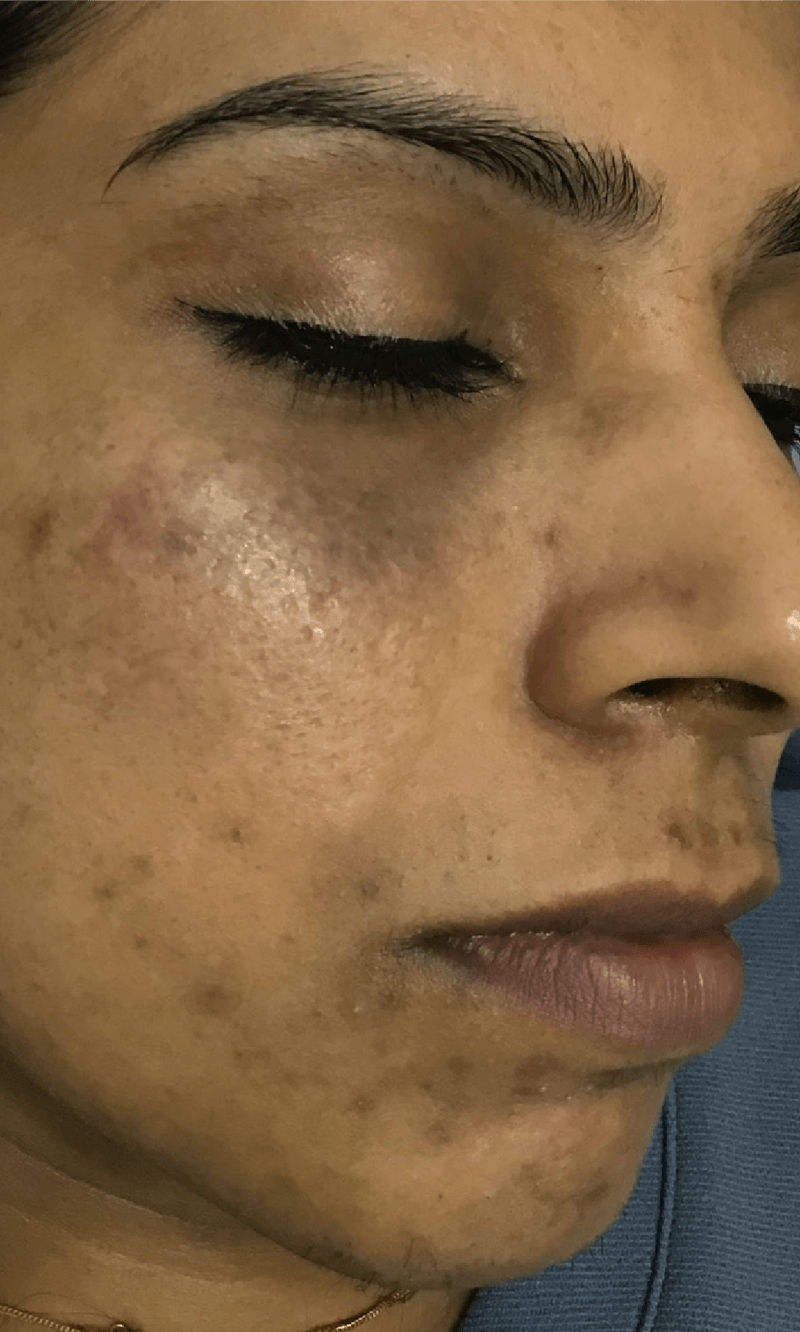
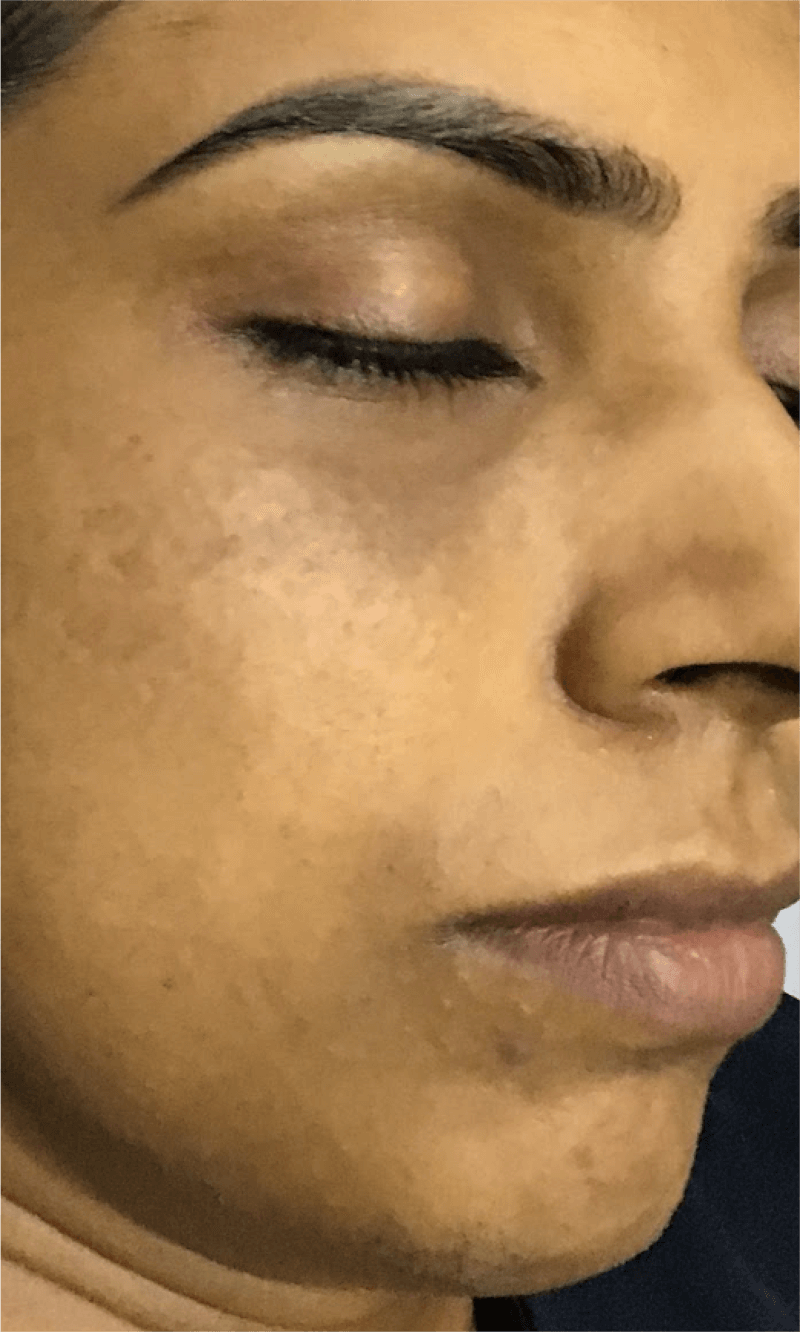
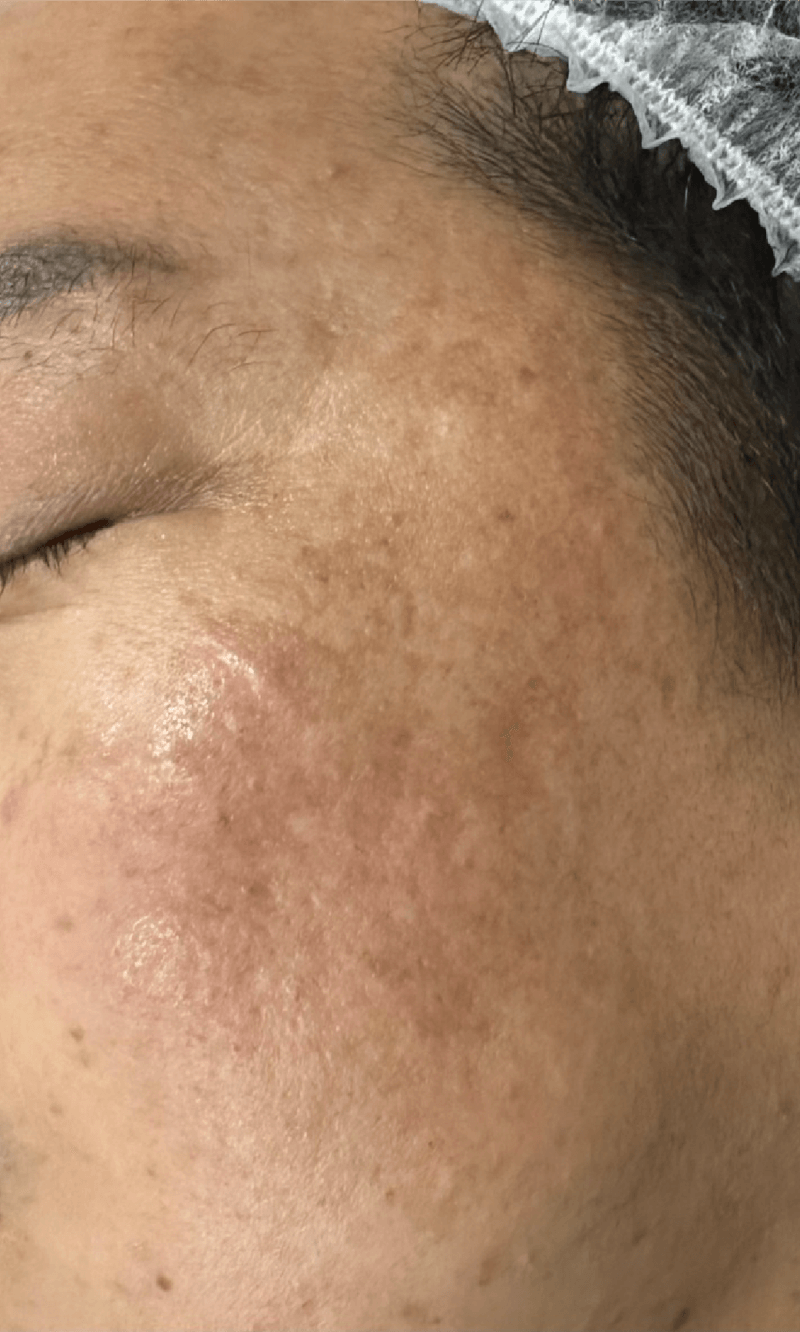
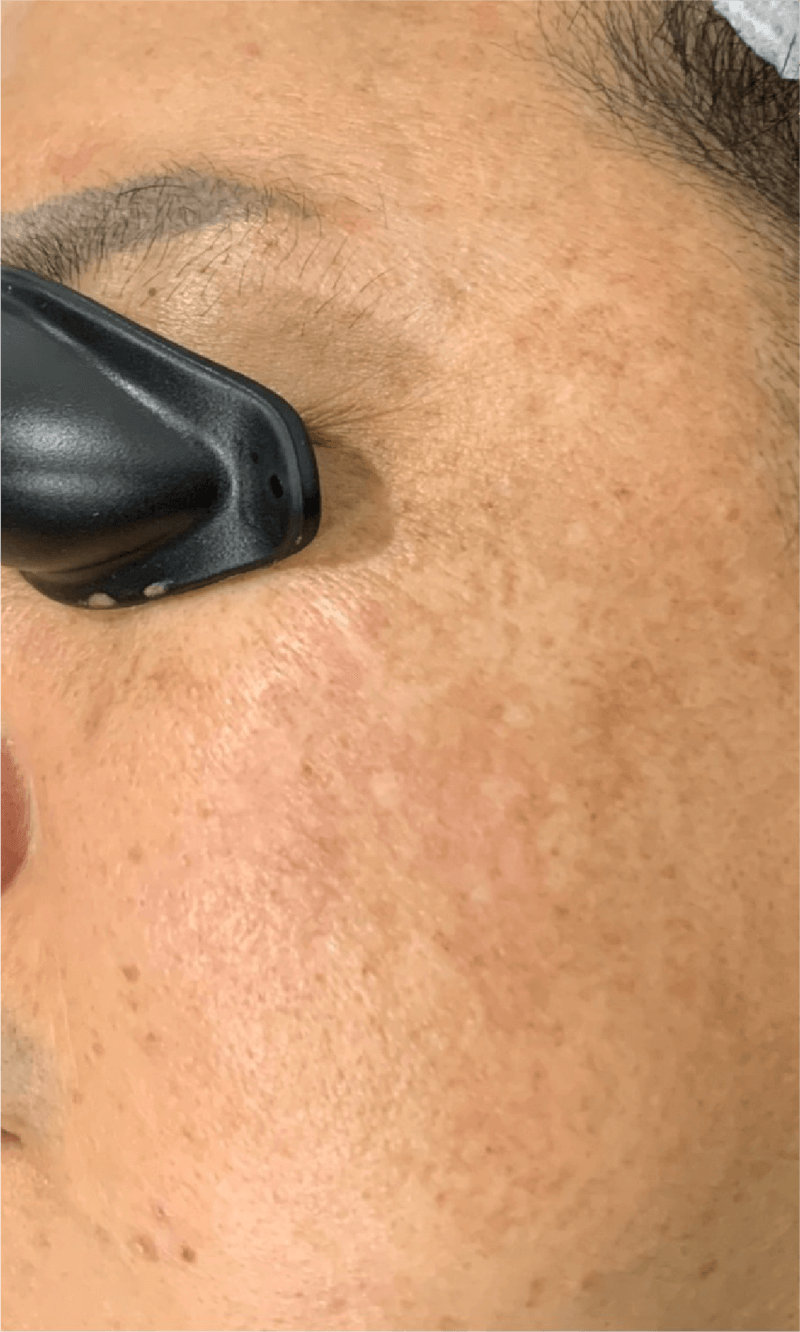
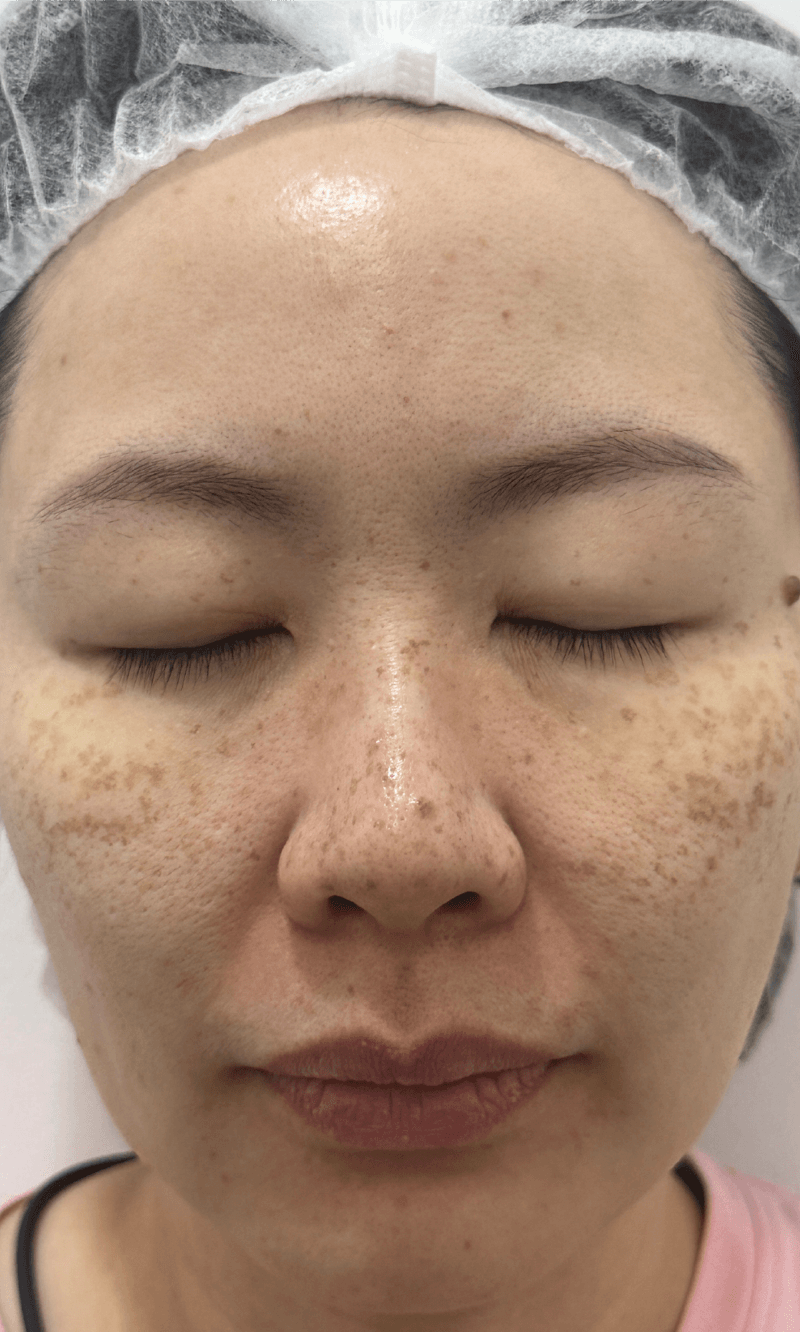
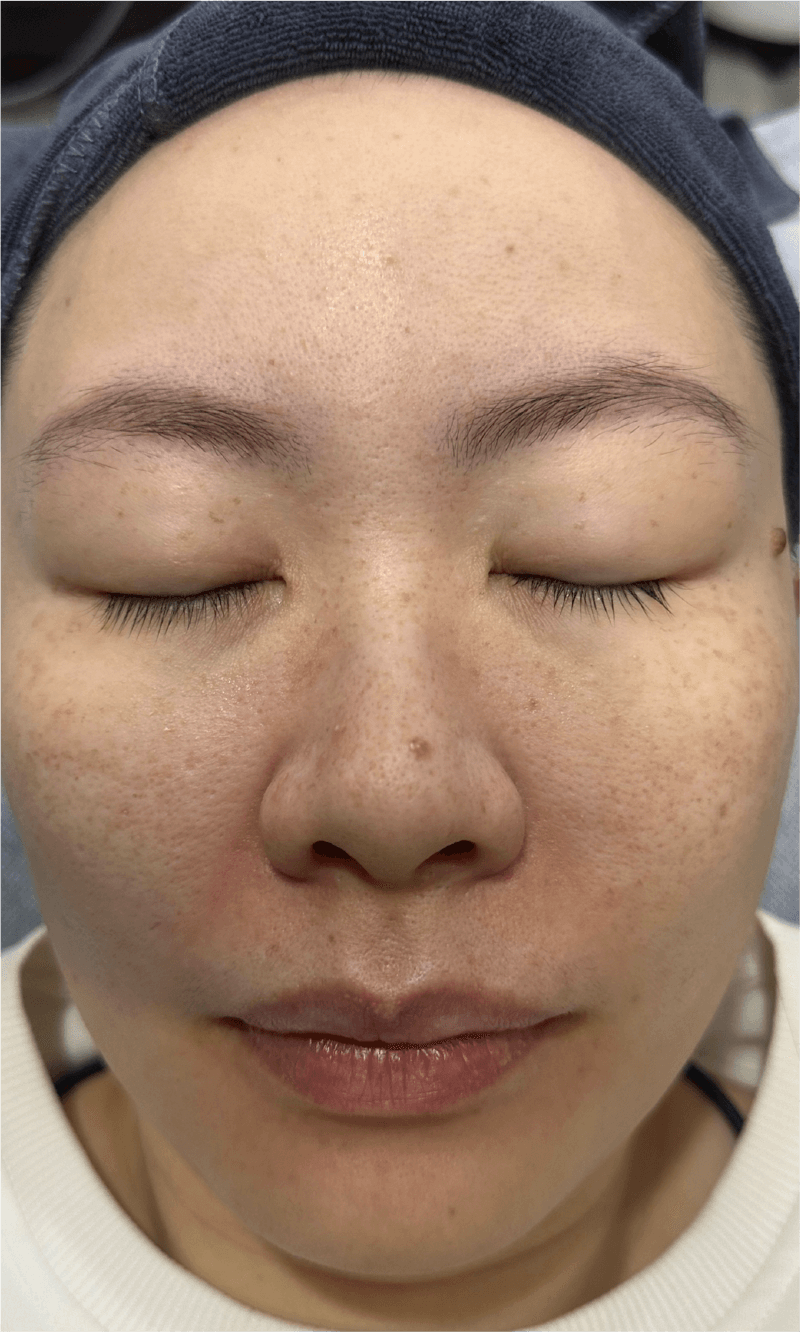
The information needed can be found here.
